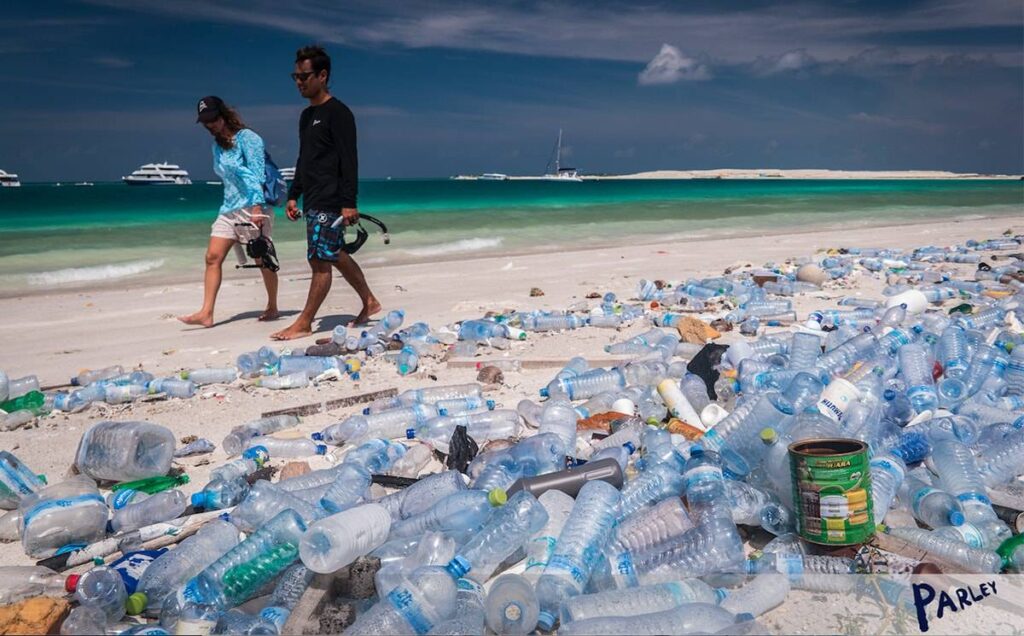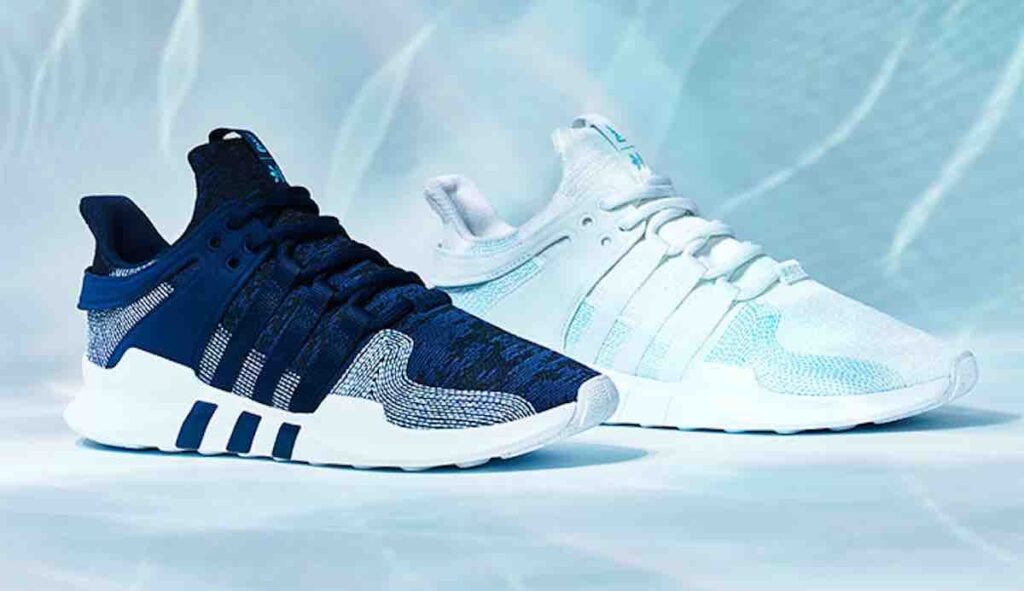Plastic saves life! This is a result of the present way of life termed as the Bakelite age. This is where plastic is controlling the global developments around and beyond us, particularly the medicine world, by saving lives.
Modern healthcare would be impossible without the use of plastic materials. From the exterior of an open MRI machine to the tiniest tubing, plastics have made medical care simpler and less painful. Things we take lightly, such as throwaway syringes, intravenous blood bags, and heart valves, are now made of plastic. Plastics have taken the edge off the burden of eyeglass frames and lenses.
They are vital constituents of current prosthetic devices, ensuring greater flexibility, comfort, and mobility. Conventionally, metals, glass, and ceramics were used for medical implants, devices, and supports. Plastics are used in artificial hips and knees to enable smooth working and trouble-free joints. Plastic construction, with its remarkable barrier properties, lightweight, cheap, toughness, and transparency, is ideal for so many medical uses. Today’s most advanced medical processes are reliant on plastics.
Also, plastic protective gear saves life and people from injuries. Plastic water supply and storage tanks provide clean water free of heavy material. What’s more, plastic preserves food and reduces food wastage.
From the ancient times of the Stone Age to the Bronze Age, which advanced the social and scientific industries allowing architecture to thrive. Then the Iron Age controlled the settlement of populations and clearing of land. And now, we live in a plastic way of life where plastic rules the world.
We hate to burst this bubble but we can’t overlook the fact that in as much as plastic continues to save humanity, it is also degrading the environment at very alarming rates. Plastic pollution creates ruin for humans, animals, and plants through poisonous pollutants.

It can take very many years for plastic to decompose, so the environmental destruction is permanent. It affects all creatures in the food chain from small species like plankton to whales. Toxins work their way up the food chain when plastic is consumed and can even be existing in the fish people eat.
In polluting the environment, plastic is unrivaled, has no equal. The fashion industry hit the jackpot when it started using this cost-effective, high-performance human-made material. As customers globally buy more clothes and shoes, the growing market for cheap items and new styles is taking effect on the environment. Averagely, people are buying more garments than they used to. According to statistics, fashion production makes up 10% of humanity’s carbon emissions, dries up, and pollutes water sources. Moreover, 85% of all textiles are thrown away each year. And washing some types of clothes sends thousands of bits of plastic into the ocean.
The dilemma before us, therefore, is how can we handle this advantageous product that also destroys the same environment we live in? How do we get everyone to support this crucial information and join the movement of making the world a better place? While recycling is a plus, the process of recycling is costly.
It is for this same reason that Betak, an events company among other companies, have launched initiatives to provide a favorable solution. In its manifesto published recently, Betak pledged to lead by example and reduce the expendable plastic consumption during the events it organizes for its esteemed clients. Moreover, the fashion industry everywhere has refused to be left out and has taken up the challenge and also vowed to diminish its utilization in the worldwide fight for more balanced growth.
The sports industry, Adidas, to be precise, has also joined in the bandwagon and approved the fight against plastic pollution. For quite some time now, Adidas has been signing partnerships and collaborations with newly founded labels and fore-front organizations to combat this menace of plastic pollution.
Remarkably, Allbirds, a Californian company is a genius for advancing unpredictable materials from eucalyptus fiber, sugar cane, or even sheep (merino) wool in the mood of speeding up its eco-friendly conversion on the road to carbon clean-up. Adidas has collaborated and funded the Allbirds to produce a pumped-up and cozy sports shoe using their materials. The Parley network, five years ago, initiated this development and much more from the collaboration of the two companies.
Nevertheless, the main aim of the Parley network is to put an end to the destruction of oceans and, most importantly, to focus on the bigger picture, which is the cessation of the global plastics catastrophe. Therefore, in the same spirit this organization has not only joined hands with Adidas but included also, Anheuser Busch InBev (Corona) and American Express; the World Bank, SACEP (South Asian Cooperative Environmental Programme), Afghanistan, Bangladesh, Bhutan, India, Maldives, Nepal, Pakistan, and Sri Lanka. It also has collaborators from the worlds of science, art, design, entertainment, and space and ocean exploration.

During the “Oceans. Climate. Life” event in New York, 2015, Cyrill Gutsch, CEO and founder of Parley, first presented the partnership to the UN. He summarised his master plan founded on three props: One, avoid using plastics whenever possible, two, retrieving plastics leftover from the surroundings, and three, which is individual states the idea of reviewing plastics and creating new materials. Adidas and Parley launched their very first shoe since their collaboration with a top made from strands of plastic remains and banned gillnets retrieved and recycled. The plastic used to make the shoes is obtained from Parley for the Oceans’ localized clean-up operations, which are based in the Maldives and along 1,000 coral islands off the western coast of India. “What we’ve accomplished with Adidas is a miracle,” Cyrill acknowledged.
The main goal of the partnership is to eliminate the use of raw polyester from all its products by 2024. This move began over the past five years, and by the end of 2020, they will have achieved recycling 50% of the polyester they use in the company’s products. Through the partnership, they are aiming at steering a universal drive for the oceans by sport. “It’s not enough to just change the way we do things. We need to change the way the entire industry acts,” says James Carnes, Vice President Brand Strategy at Adidas.
“Given the magnitude of the problems we are tackling, we feel we can never do enough or fast enough. However, in hindsight, what we’ve accomplished with Adidas is a miracle. Over the past five years, we have proven the validity of Parley’s AIR strategy. Now, more than ever, we need the Materials Revolution to happen. We have ten years ahead of us to end the toxic age we have created. To survive, we need to be united as a species and collaborate with nature,” explains Cyrill Gutsch, CEO and founder of Parley.
The new age will begin when we all embrace the need to identify, evaluate, and finance the growth of materials that can replace toxic or over-exploited harmful materials like plastic. Besides, this exclusive coalition between Adidas and Parley’s only aspiration is to lead the world in the Materials Uprising. “With Adidas products made from recycled plastic, we offer our consumers real added value beyond the look, functionality, and quality of the product. Because every shoe is a small contribution to the preservation of our oceans,” Adidas’ global brands executive Eric Liedtke said.
The move has resulted in Adidas restraining the use of plastic wherever possible. In the mood of celebrating its anniversary, Adidas and Parley have revealed the Adidas-ParleyUltraBOOST DNA, a shoe built on the historic prototype to be introduced in 2015.
The Adidas-Parley UltraBOOST DNA will be in snowy white and pitch black colors. The top is enclosed by sewed Blue Spirit streaks extending from the toe box to heel while going up and decreasing alike ripples surrounding the midfoot. It has minimum branding mostly by stitched moderated Adidas logo on the section and tongue. Parley’s emblem is embossed on the sock liner, and a complete full-foot white midsole and black rubber outsole in standard UltraBOOST fashion.
Welcome to the beginning of a new era!

